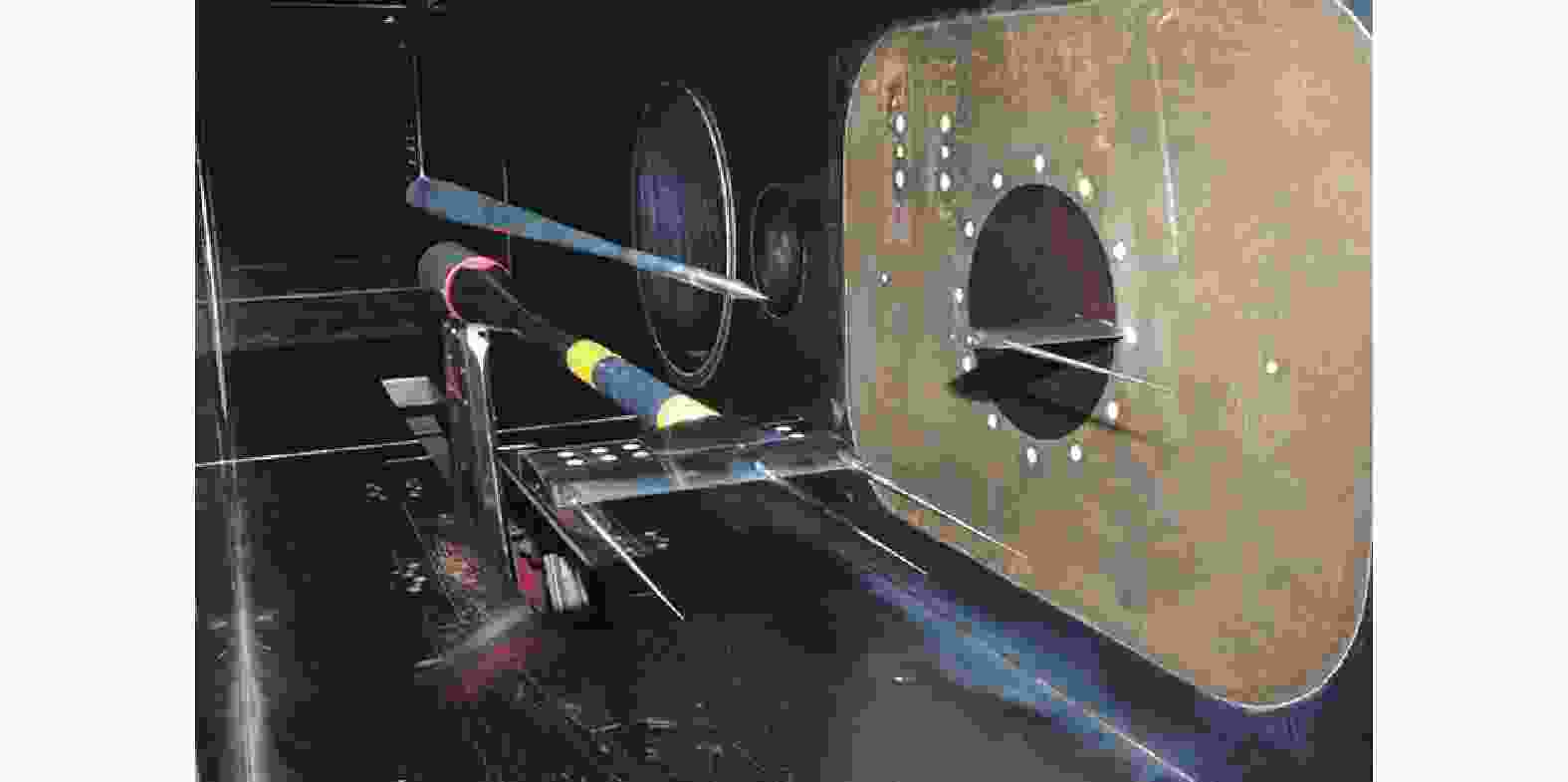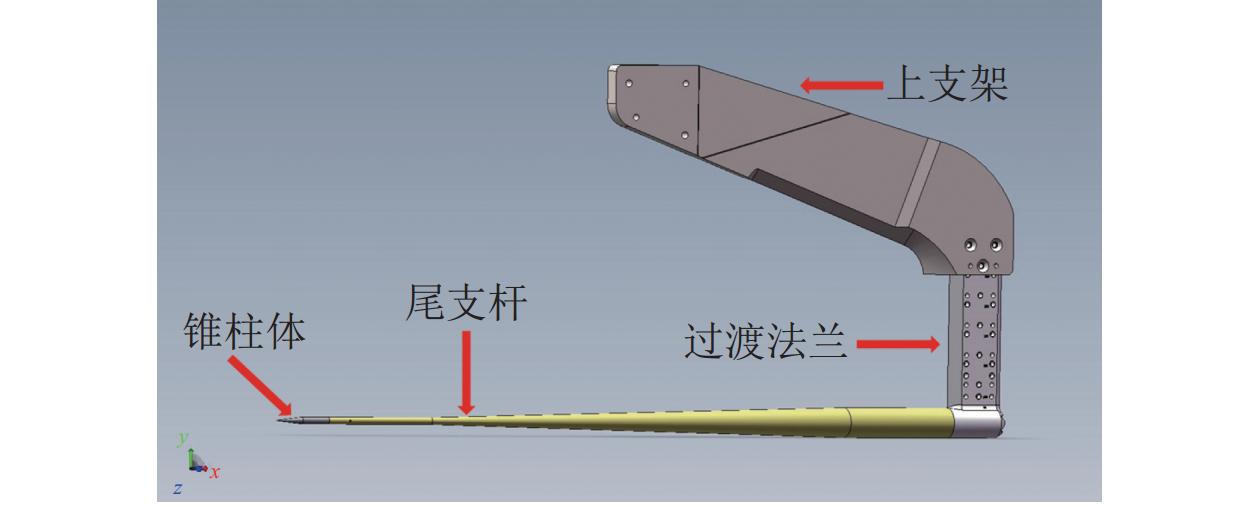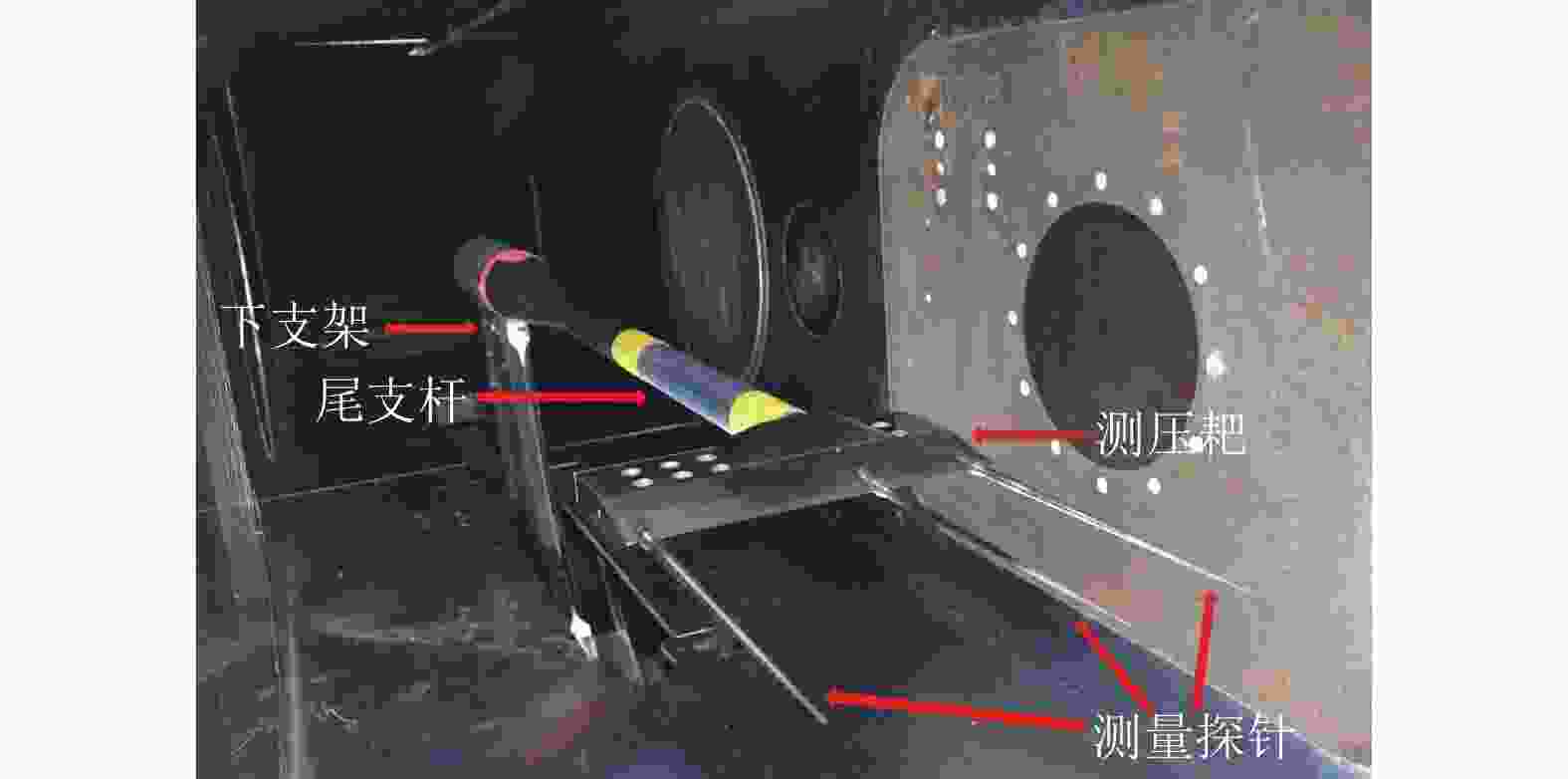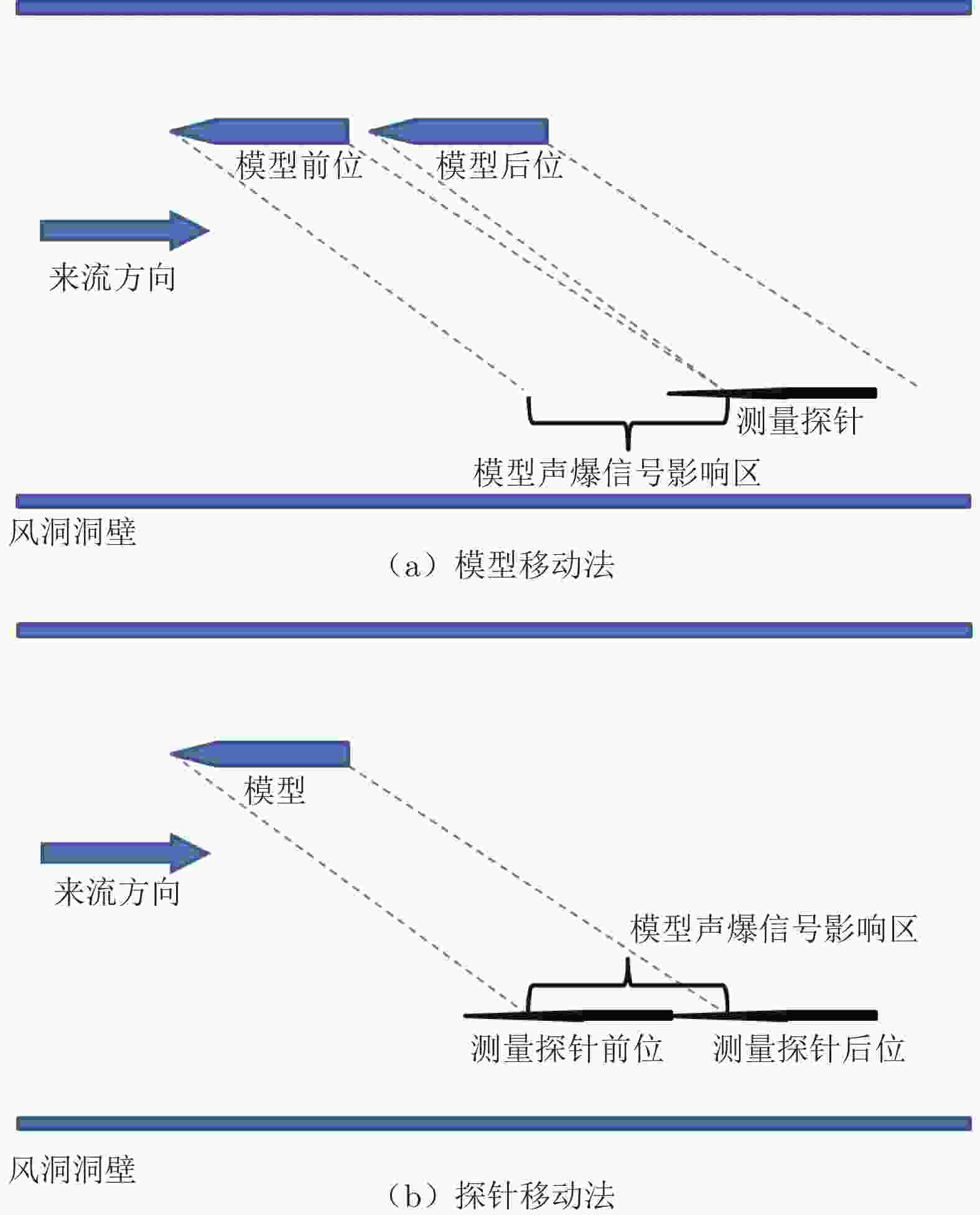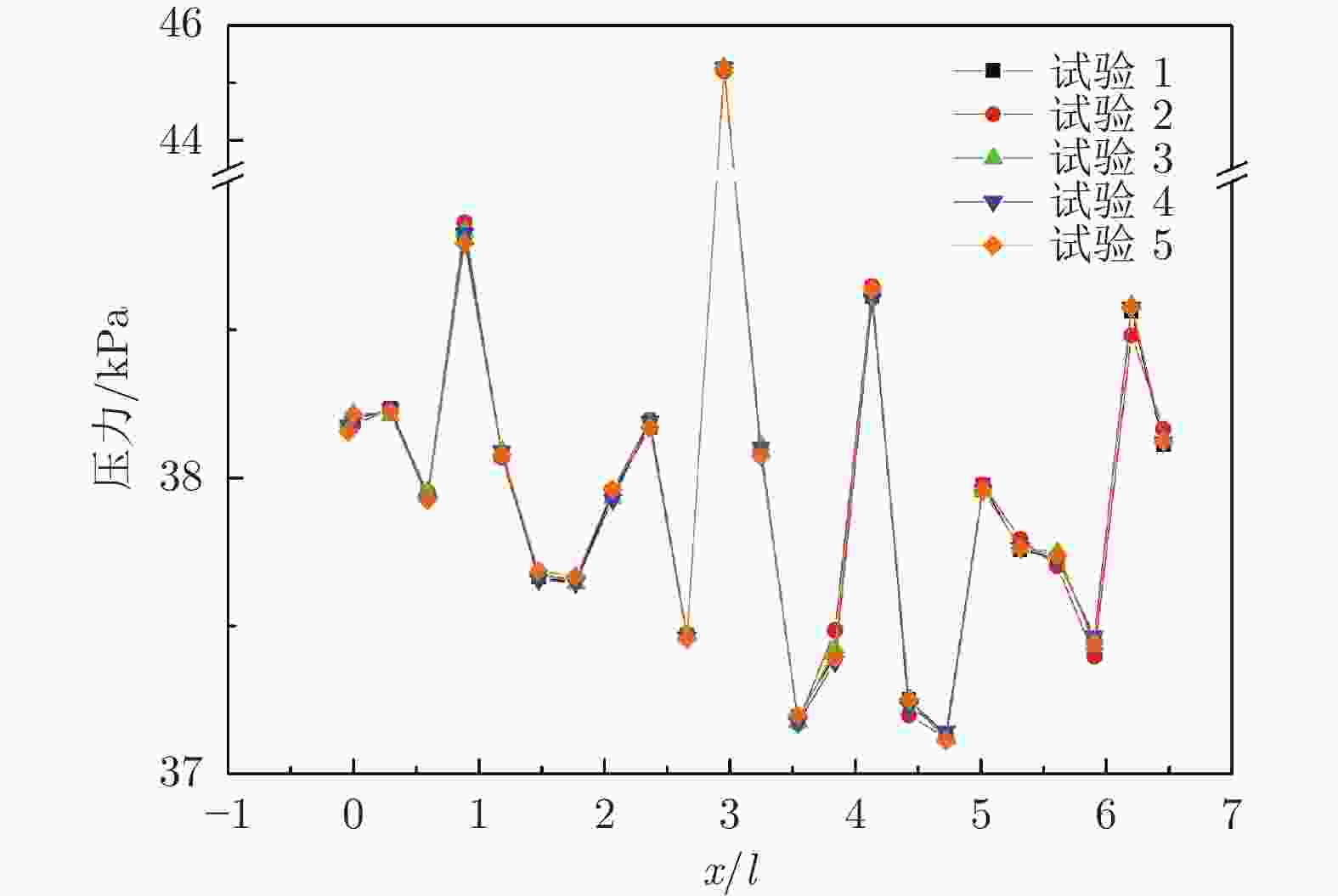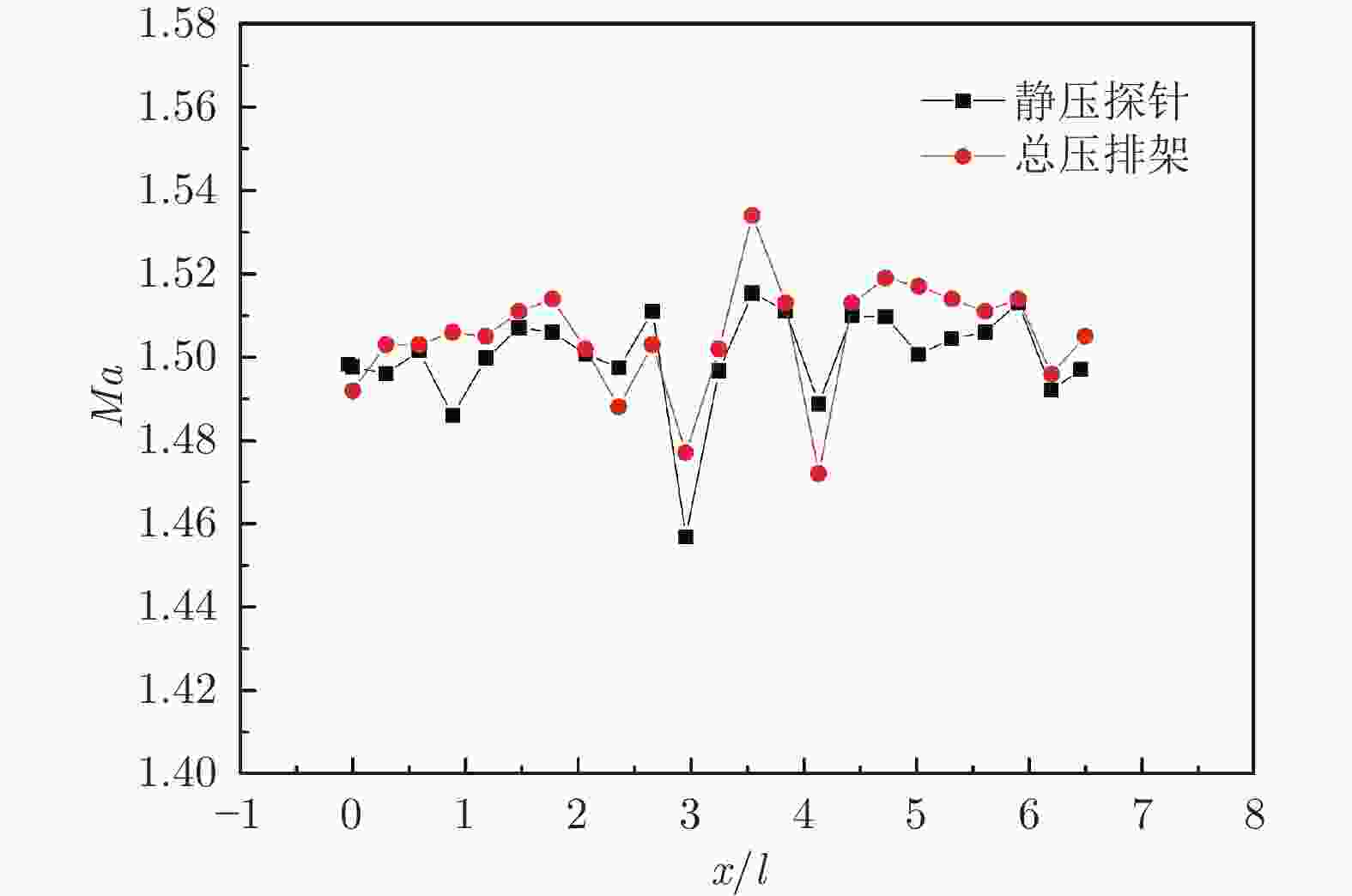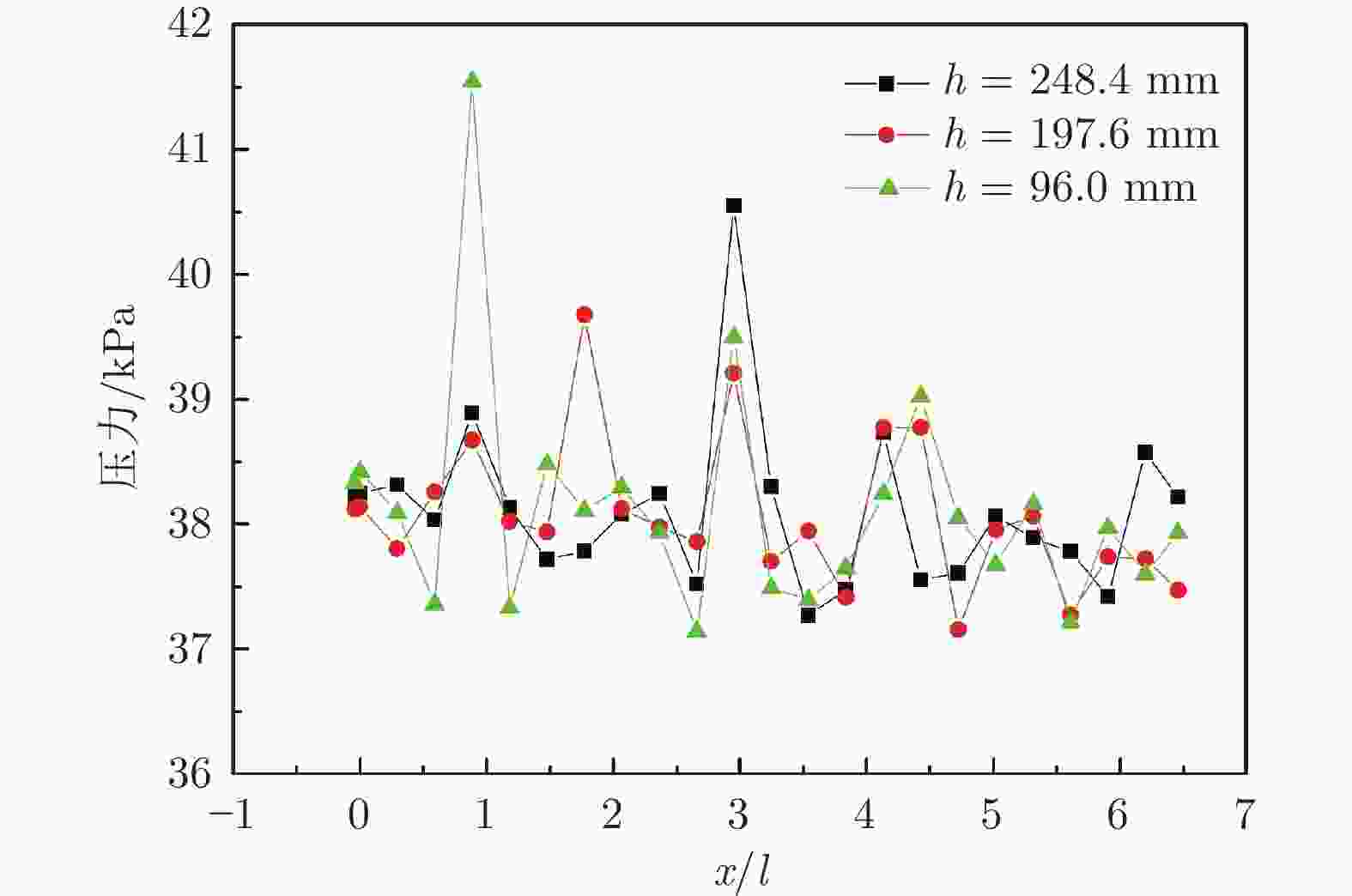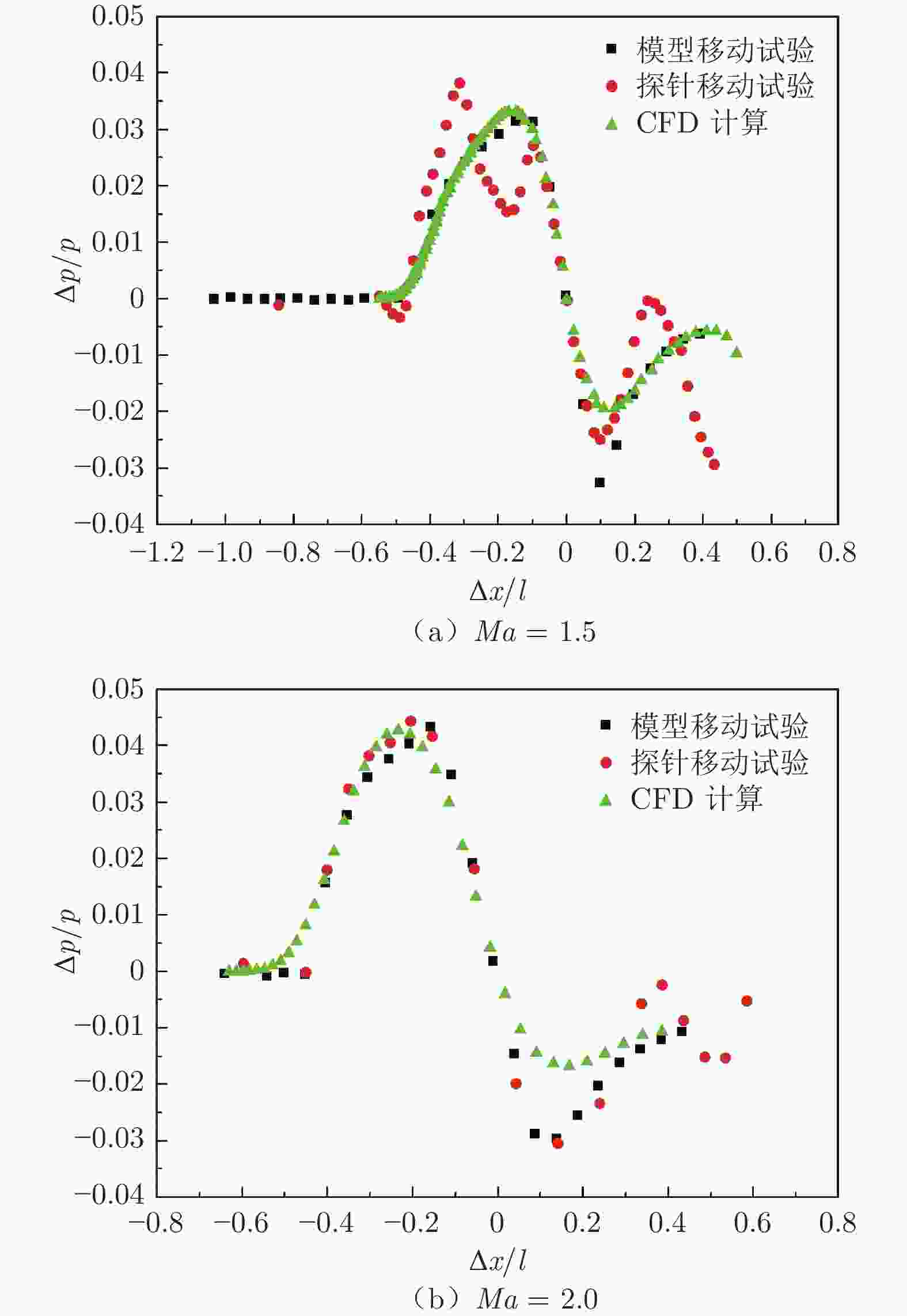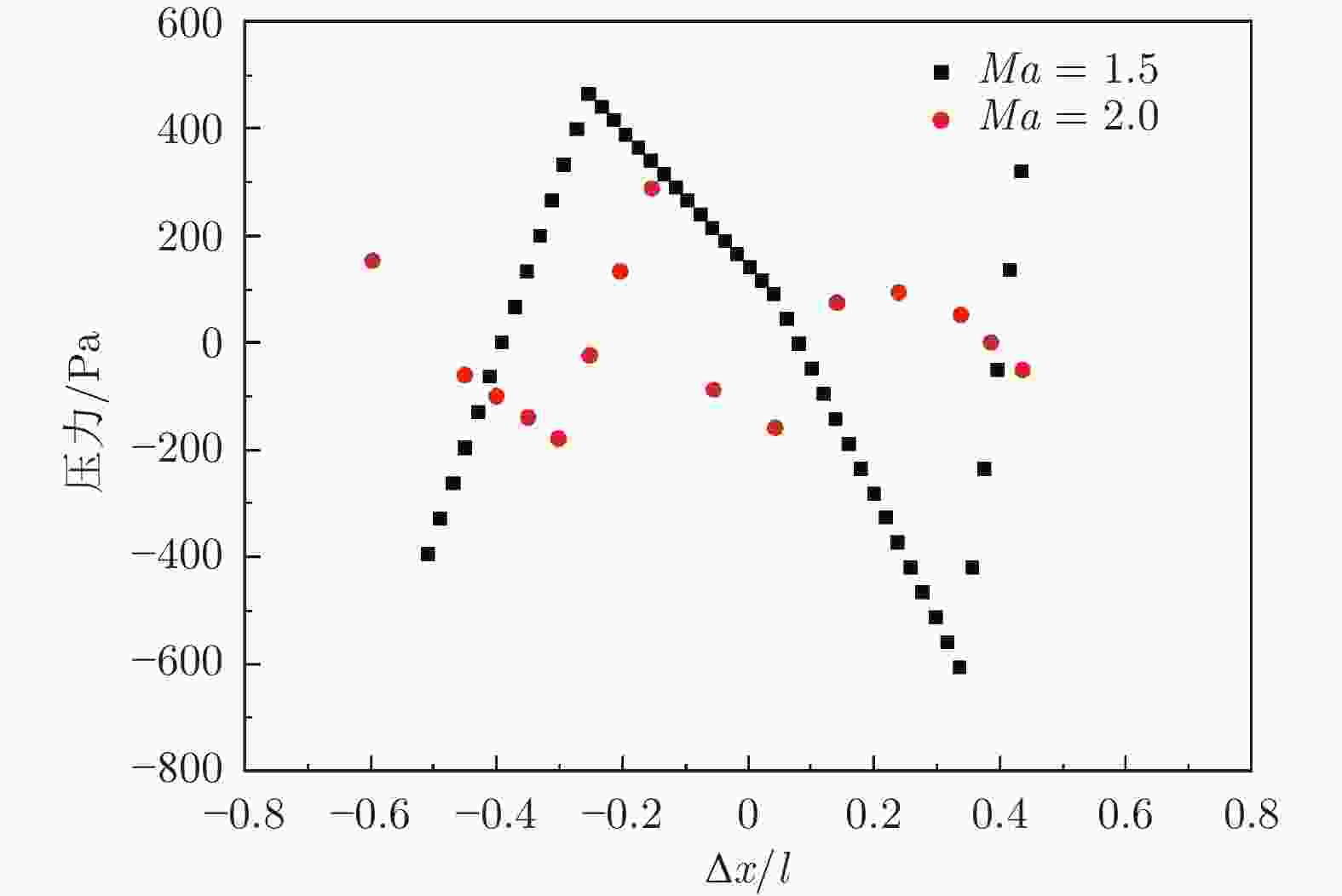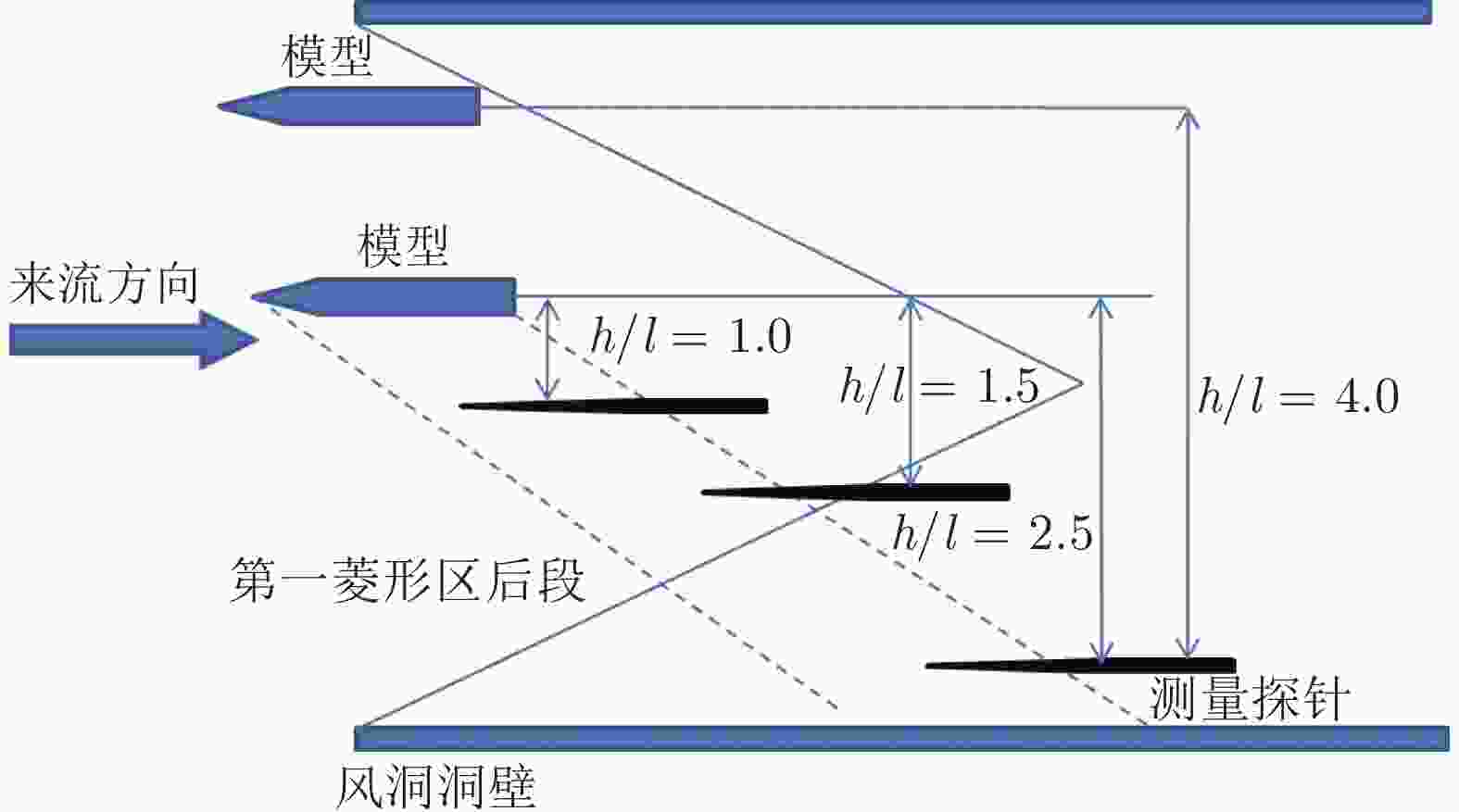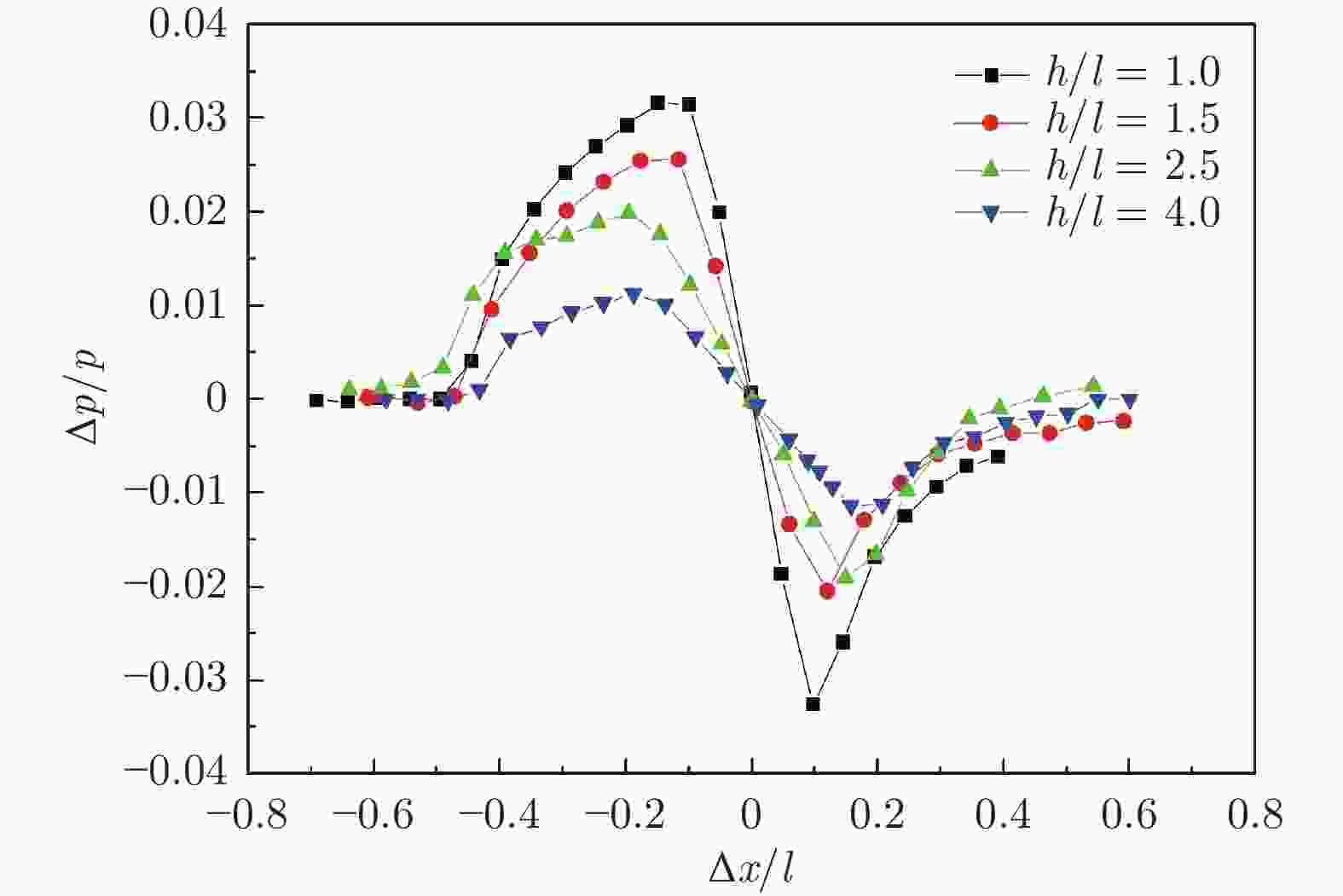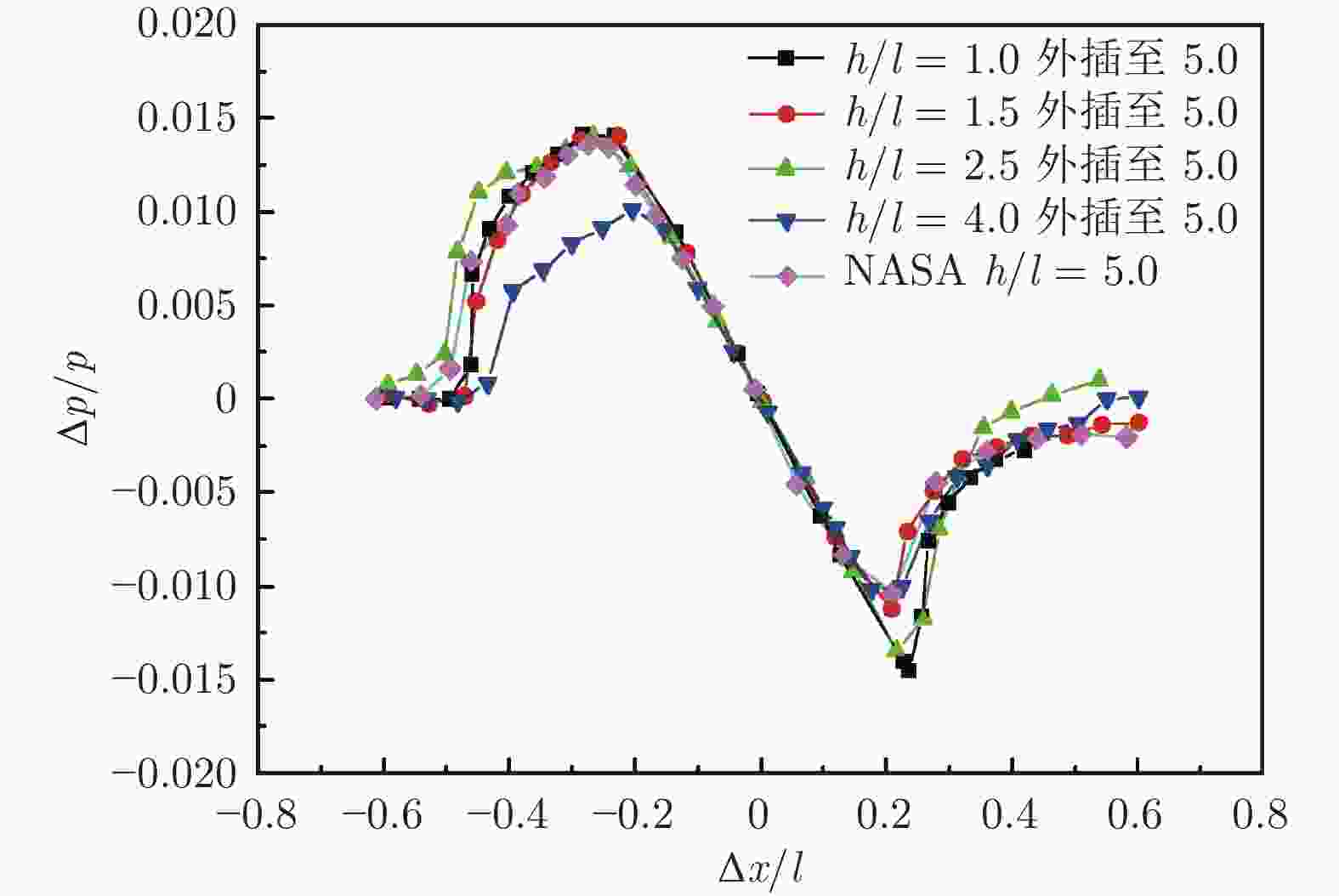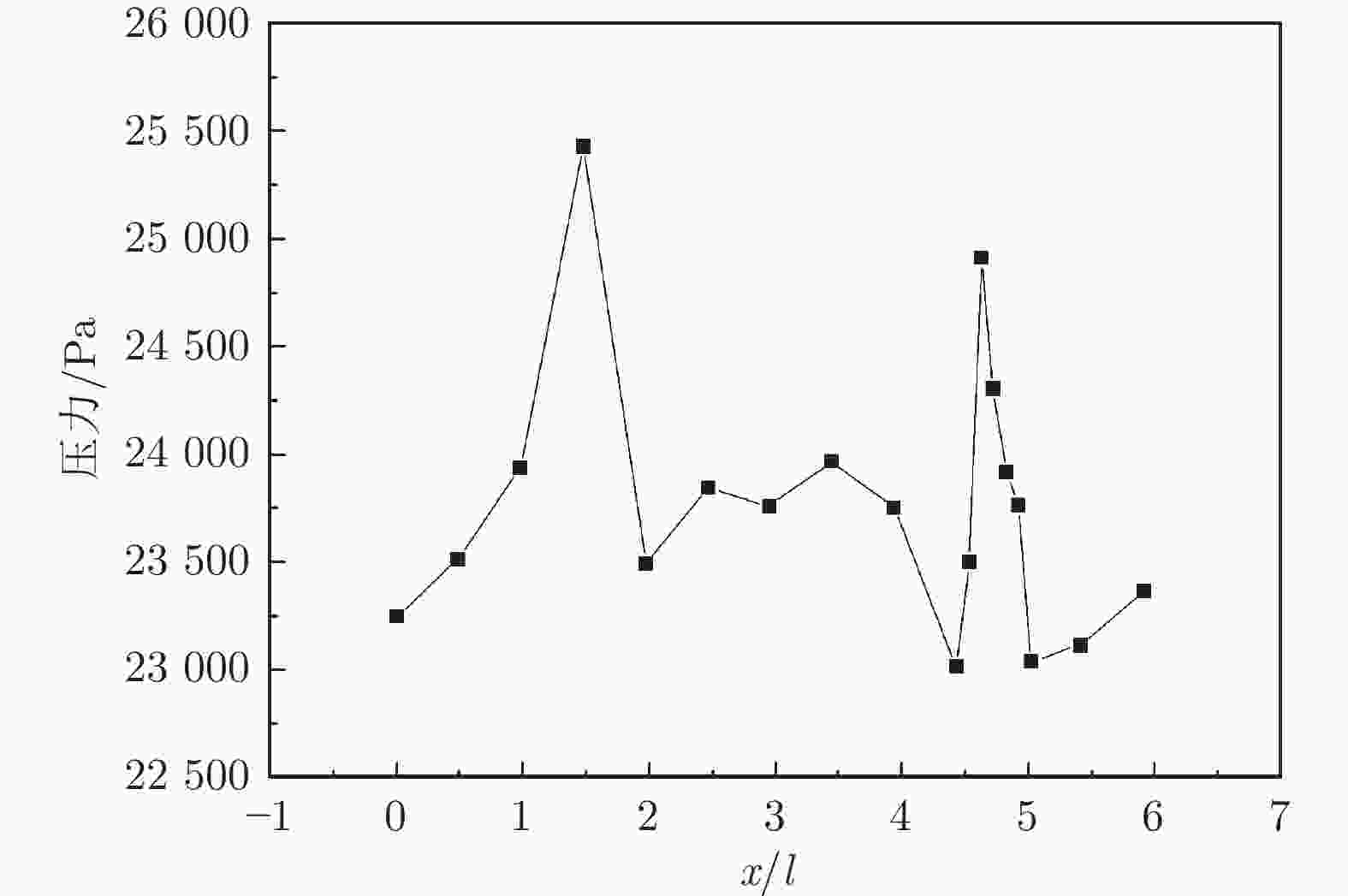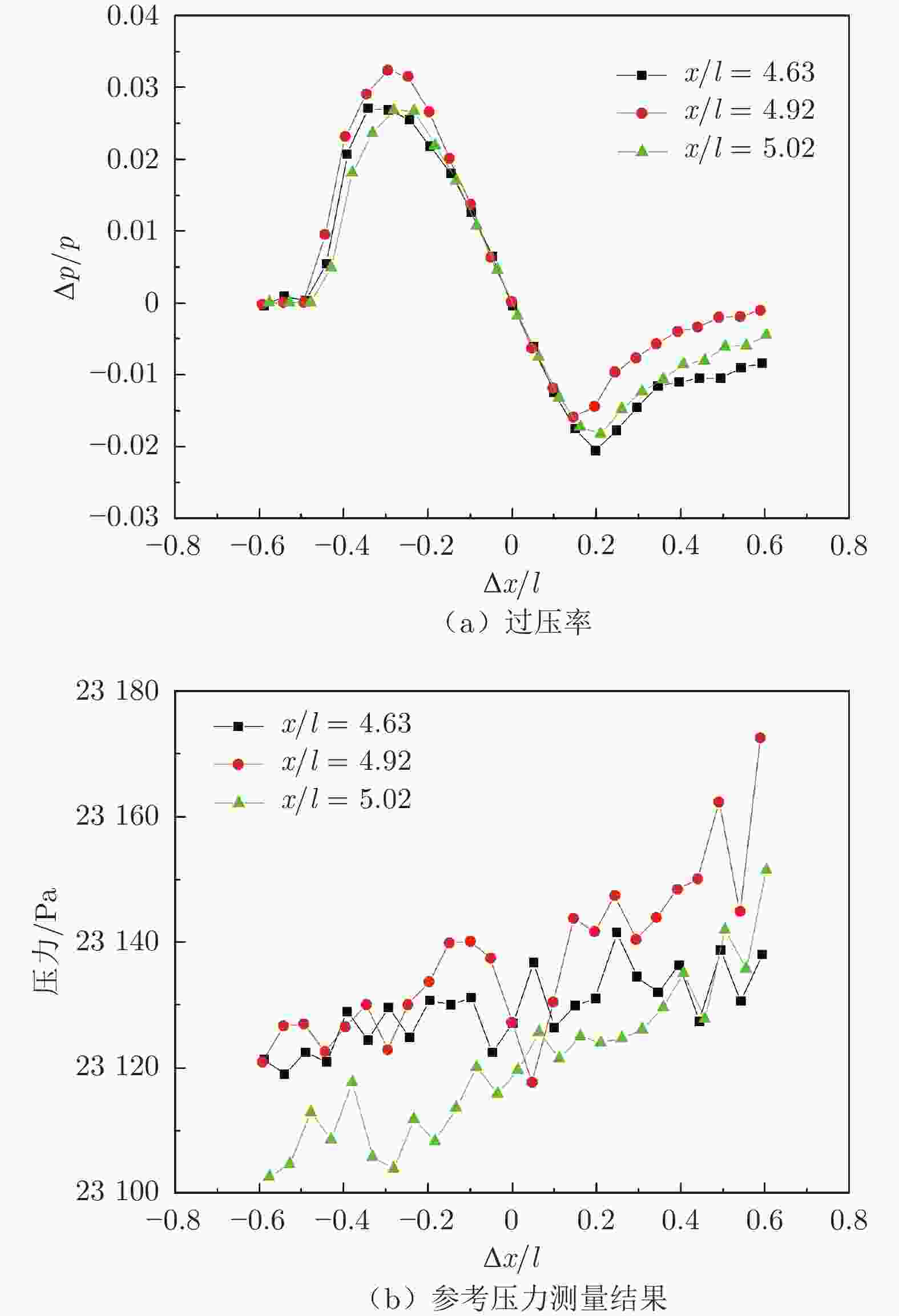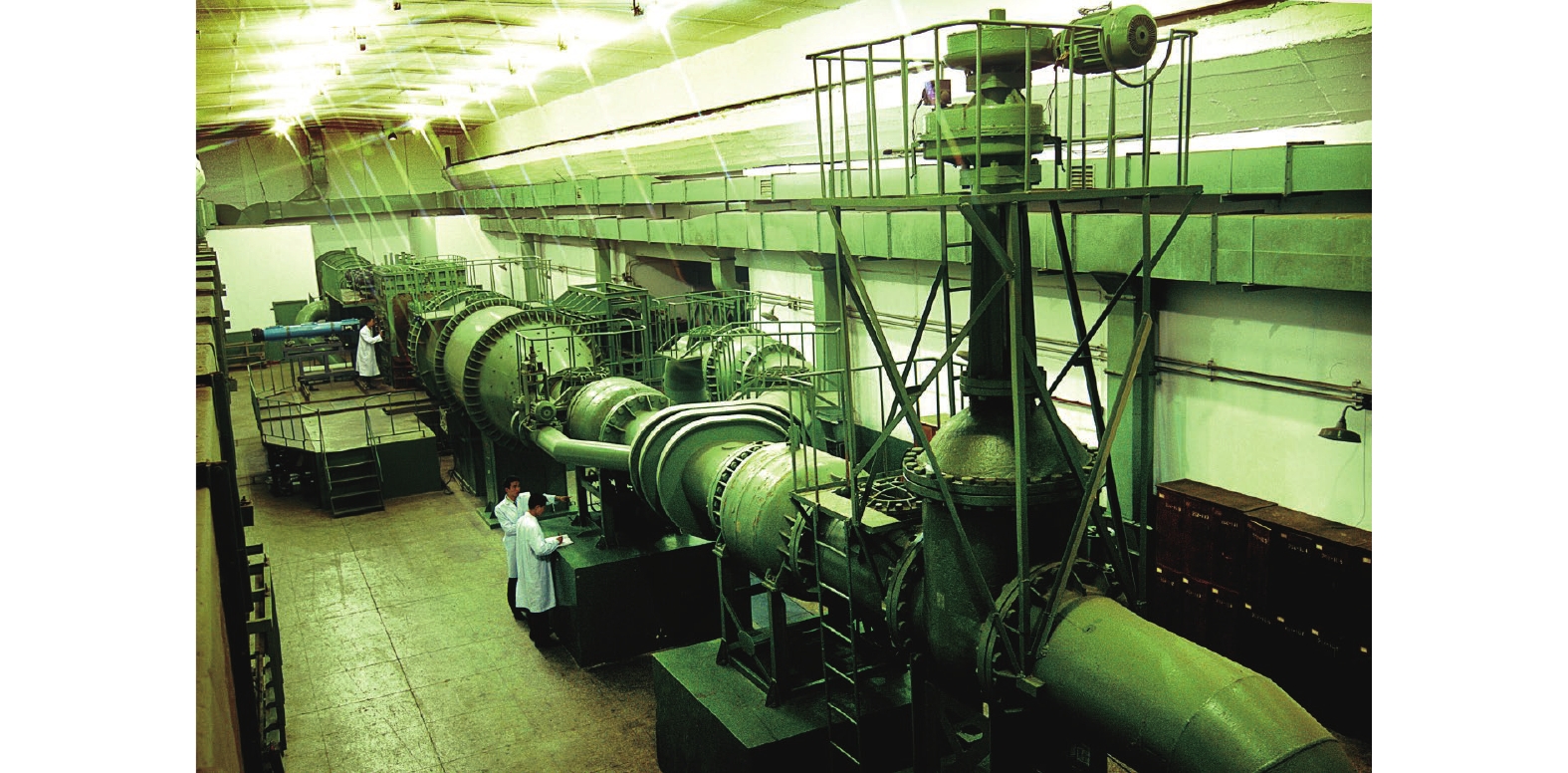Research on wind tunnel test technology of sonic boom measurement based on probe
-
摘要: 风洞试验是开展声爆研究必不可少的技术手段,而从复杂的风洞试验环境中准确获取具有弱信号属性的声爆信号是风洞试验技术的关键。为研究暂冲式跨超声速风洞试验环境对声爆信号测量的影响,依托小型暂冲式跨超声速风洞,研制以干扰最小化针状探针为测量设备的试验装置,建立探针、模型独立运动的双运动试验系统,发展基于探针的声爆测量技术。以典型锥柱体模型为研究对象,对比了探针固定、模型移动和模型固定、探针移动2种试验方式所获完整声爆信号的差异,研究了锥柱体模型声爆传播规律和风洞背景流场对声爆测量的影响。结果表明:模型固定、探针移动和探针固定、模型移动2种试验方式相比,前者将引起声爆信号畸变,导致较为严重的声爆信号失真,后者得到的声爆信号曲线更为光滑准确,是相对更可靠的试验方式;风洞背景流场分布对声爆信号测量影响显著,声爆测量风洞试验须详细掌握风洞背景流场分布并尽可能保持其稳定,再在此基础上对模型、探针在风洞中的位置及模型与探针的相对位置进行严格选取。Abstract: Wind tunnel test is an indispensable technical means to carry out sonic boom research. Accurately obtaining sonic boom signals with weak signal attributes from complex wind tunnel test environment is the key of wind tunnel test technology. In order to study the influence of the test environment on the accurate measurement of sonic boom signal in the transient supersonic wind tunnel, a small transient trans-supersonic wind tunnel was used to develop a test device with a needle probe with the characteristics of minimizing interference. A dual motion test system with independent motion of probe and model was established, and the sonic boom measurement technology based on probe was developed. Taking a typical cone-cylinder model as the research object, the differences of the complete sonic boom signals obtained by the two test methods of fixed probe and moving model and fixed model and moving probe are compared, and the sonic boom propagation law of cone-cylinder model and the influence of wind tunnel background flow field on sonic boom measurement are studied. The results show that: Compared with the two test methods of fixed model and moving probe, the former will cause the distortion of sonic boom signal, which leads to more serious distortion of sonic boom signal, while the latter is smoother and more accurate, which is a relatively more reliable test method; The background flow field distribution in wind tunnel has a significant influence on sonic boom signal measurement. It is necessary to master the background flow field distribution in wind tunnel in detail and keep it stable as much as possible. On this basis, the positions of model and probe in wind tunnel and the relative positions of model and probe should be strictly selected.
-
Key words:
- supersonic /
- sonic boom /
- wind tunnel test /
- probe /
- background flow field
-
表 1 相同空间位置的压力测量结果
Table 1. Results of pressure measured in same spatial positions
Ma 模型轴向
位置/mm探针轴向
位置/mm总压/Pa 测量探针测值/Pa 参考探针测值/Pa 模型移动法 探针移动法 差量 模型移动法 探针移动法 差量 模型移动法 探针移动法 差量 1.5 −20 135 139939 139925 14 38839 38866 −27 39068 39032 36 2.0 −20 250 184926 184928 −2 22722 22735 −13 23145 23145 0 表 2 不同空间位置背景压力测量结果
Table 2. Background pressure results in different spatial positions
x/l 压力/Pa 4.63 24916 4.92 23764 5.02 23039 -
[1] CANDEL S. Concorde and the future of supersonic transport[J]. Journal of Propulsion and Power, 2004, 20(1): 59–68. doi: 10.2514/1.9180 [2] LEATHERWOOD J D, SULLIVAN B M, SHEPHERD K P, et al. Summary of recent NASA studies of human response to sonic booms[J]. The Journal of the Acoustical Society of America, 2002, 111: 586–598. doi: 10.1121/1.1371767 [3] 朱自强, 吴宗成, 陈迎春. 民机空气动力设计先进技术[M]. 上海: 上海交通大学出版社, 2013.ZHU Z Q, WU Z C, CHEN Y C. Advanced technology of aerodynamic design for commercial aircraft[M]. Shanghai: Shanghai Jiao Tong University Press, 2013. [4] 朱自强, 兰世隆. 超声速民机和降低音爆研究[J]. 航空学报, 2015, 36(8): 2507–2528.ZHU Z Q, LAN S L. Study of supersonic commercial transport and reduction of sonic boom[J]. Acta Aeronautica et Astronautica Sinica, 2015, 36(8): 2507–2528. [5] CARLSON H W. Correlation of sonic-Boom theory with wind-tunnel and flight measurements[R]. NASA TRR–213, 1964. [6] MENDOZA J P, HICKS R M. Further studies of the extrapolation of near-field overpressure data[R]. NASA TM X–2219, 1971. [7] HUNTON L W, HICKS, R M, MENDOZA J P. Some effects of wing planform on sonic boom[R]. NASA TND–7160, 1 973. [8] CARLSON H, MORRIS O. Wind-tunnel sonic-boom testing techniques[C]//Proc of the 2nd Aerodynamic Testing Conference. 1966. [9] CARLSON H W, MACK R J, MORRIS O A. A wind-tunnel investigation of the effect of body shape on sonic-boom pressure distributions[R]. NASA TND−3106, 1965. [10] CARLSON H W, MACK R J. A study of the sonic-boom characteristics of a blunt body at a Mach number of 4.14[R]. NASA TP−1015, 1977. [11] MACK R J, KUHN N. Determination of extrapolation distance with measured pressure signatures from two low-boom models[R]. NASA TM-2004-213264, 2004. [12] WILCOX F J, ELMILIGUI A, WAYMAN T R, et al. Experimental sonic boom measurements on a Mach 1.6 cruise low-boom configuration[R]. NASA TM-2012-217598, 2012. [13] MAKINO Y, SUZUKI K, NOGUCHI M, et al. Non-axisymmetrical fuselage shape modification for drag reduction of a low sonic-boom Airplane[R]. AIAA−2003−557, 2003. [14] FURUKAWA T, MAKINO Y, NOGUCHI M, et al. Supporting system study of wind-tunnel models for validation of aft-sonic-boom shaping design[R]. AIAA−2008−6596, 2008. [15] DURSTON D A, CLIFF S E, WAYMAN T R, et al. Near field sonic boom test on two low-boom configurations using multiple measurement techniques at NASA Ames[R]. AIAA-2011–3333, 2011. [16] CLIFF S, ELMILIGUI A, AFTOSMIS M, et al. Design and evaluation of a pressure rail for sonic boom measurements in wind tunnels[C]// Proc of Seventh International Conference on Computational Fluid Dynamics(ICCFD7). 2012. [17] MORGENSTERN J M. How to accurately measure low sonic boom or model surface pressure in supersonic wind tunnel[R]. AIAA-2012-3215, 2012. [18] 刘中臣, 钱战森, 冷岩, 等. 声爆近场空间压力风洞测量技术[J]. 航空学报, 2020, 41(4): 109–121.LIU Z C, QIAN Z S, LENG Y, et al. Wind tunnel measurement techniques for sonic boom near-field pressure[J]. Acta Aeronautica et Astronautica Sinica, 2020, 41(4): 109–121. -







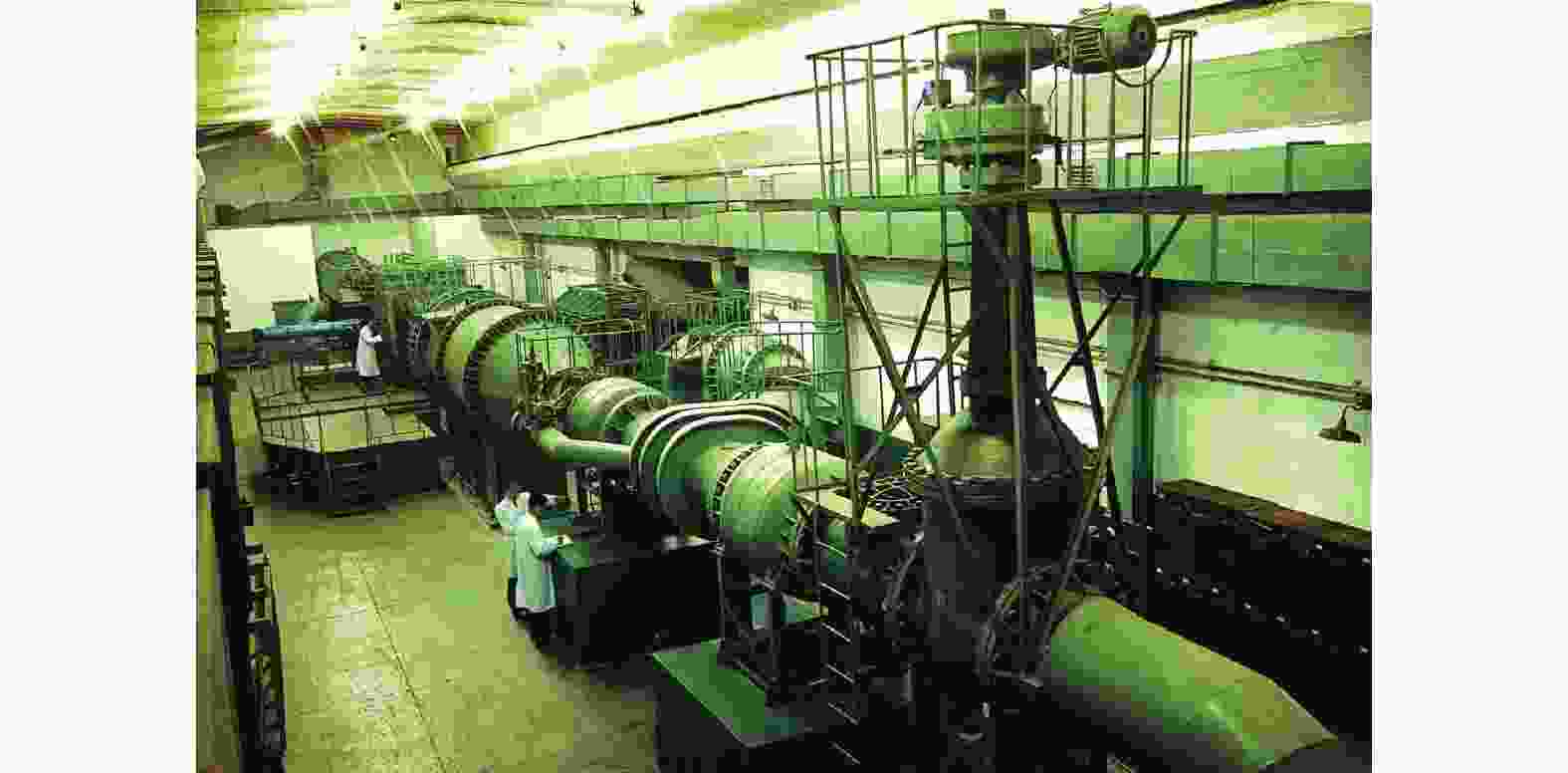
 下载:
下载:
